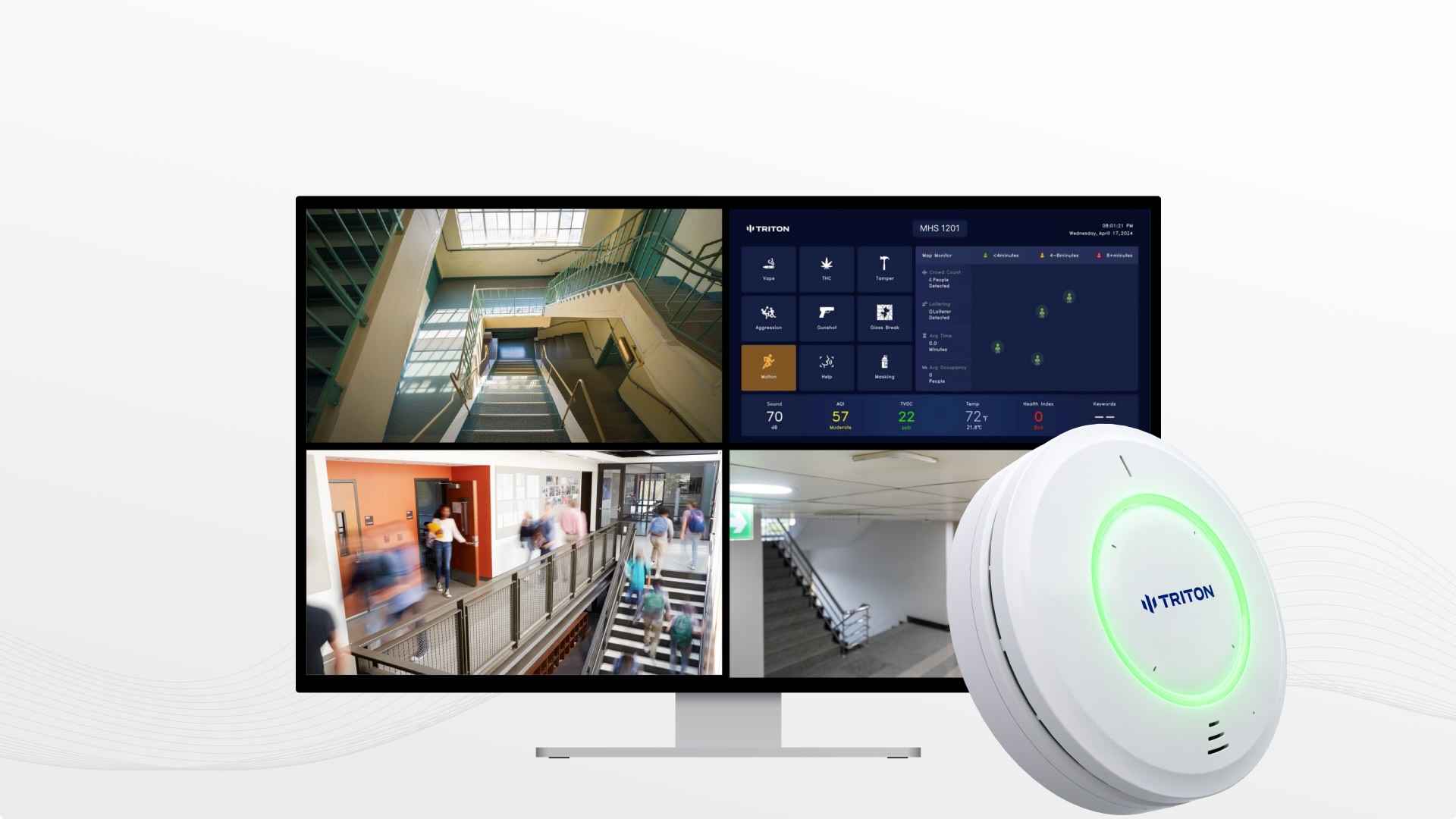Vaping in schools was not a problem just a few years time ago. Students would sneak into the bathroom between classes to inhale flavored THC and nicotine vapors. Administrators and teachers felt helpless until districts began turning to the latest line of defense which was the vape detector.
Schools across the nation have been reporting huge successes and proving how technological advancements can be transformative in the fight against the smoking addiction.
A Case Study: Cutting Vaping by 83% in 10 Weeks
Luling Independent School District experienced a major issue with vaping. Despite warnings from school officials and the implementation of more strict policies, some students still used to smoke in the locker room. Smoke alarms that were used in the past weren’t effective against vapor. And staff couldn’t be everywhere.

For a test for the district, they installed vape detectors at schools in March. The results were striking. Within five weeks, instances of vaping had dropped noticeably. By the end of ten weeks, vaping had fallen by 83%..
Administrators noticed a difference beyond the numbers. Teachers were less disruptive and students were aware that smoking cigarettes wouldn’t be ignored.
Match Charter Schools also enjoy similar success
Another example of this is from Match Charter Schools, which faced challenges with high school and middle school smoking. They implemented a set of vape smoke alarms in August and saw immediate positive results.
Administrators said that weekly incidents of vaping were down by 80 percent in December. Parents were pleased with the school’s specific measures to protect their children, while teachers noticed a reduction in hallway loitering as well as bathroom crowding.
The two districts above represent the growing trend Schools that implement vape detection are reporting tangible improvements in both their behavior and overall safety.
What is it that makes vape detectors efficient?
The technology that is behind the results is what allows them to be achieved. Modern vape detectors don’t simply detect vapor, but it also tracks air quality and monitors occupancy levels. It also sends real-time alerts to staff. This means that administrators don’t need to rely only on guesswork and after-the fact reports.
The detectors have been designed to guard your privacy. No cameras. No audio recording. In-depth, accurate information is what’s needed to help schools make quick decisions without violating students’ rights.
This combination of effectiveness and compliance makes vape detectors one of the most practical ways to ensure safety for schools now.
The Safety Net Extends Beyond Vaping
Many administrators recognize that detectors extend beyond vaping prevention. Modern systems are able to detect loud sounds, keywords which are connected to vandalism or emergencies.
For instance If a crowd of students begins loitering in the bathroom the detector could flag the high occupancy. Staff can be immediately alerted if a person shouts out a distressing word, such as “help”. In this manner, the use of vape detectors at schools becomes part of a larger security plan that addresses the health risk and possible violence.
Why Parents and Boards Support Vape Detectors
Transparency is a sign of trustworthiness that is often not considered. The use detectors by schools can produce reports that demonstrate clearly the trend in smoking. These reports are shared with school boards, parents, and community members, providing evidence that tangible steps are being implemented.
Parents are receptive, particularly when they are able to see tangible outcomes. A vape smoke detector isn’t just catching students it’s protecting their health and reinforcing the message that vaping has no place in schools.
What you should take away The most effective path to take
For years, e-cigarettes felt as if it was a battle invisible to schools couldn’t take on. Research from across the nation show that this is not the case. Administrators can identify dangers and stop risky behaviors in real-time with a vape detector. This creates an environment that is safer for students.
Vaping is still a concern, but it is changing. Schools which make the investment in vape detection technology aren’t just responding to the issue they’re setting in the direction of a better future for their students.
Conclusion
From Texas From Texas to Massachusetts Schools are showing that technology is effective. Modern vape detectors can do more than simply sounding the alarm. They can alter behaviour they build trust and offer lasting solutions to today’s most significant health issue for students. For any district serious about security Vape detectors in schools have become a norm. they’re the standard.